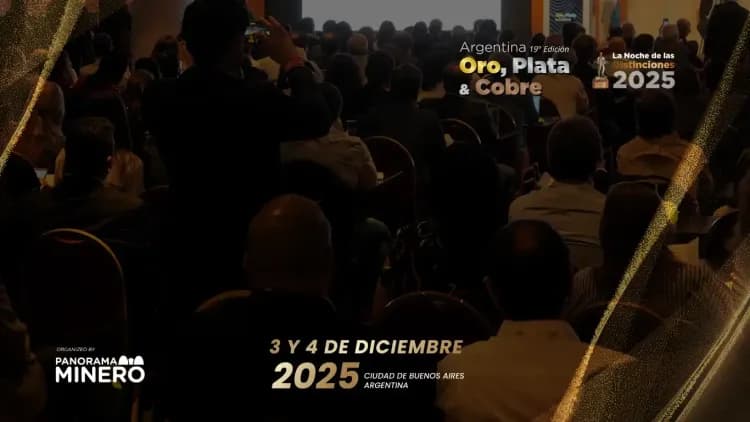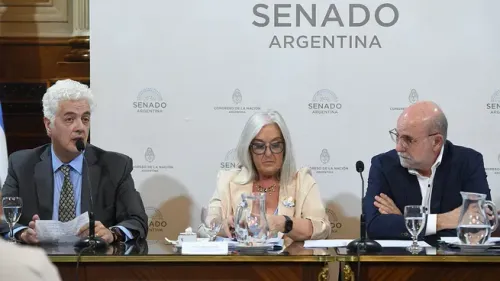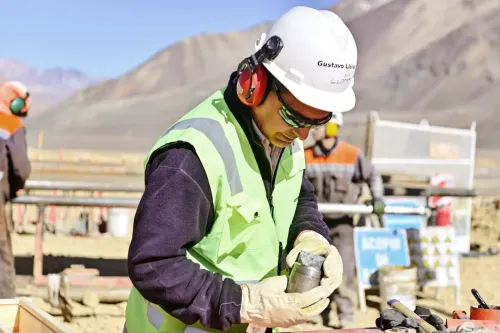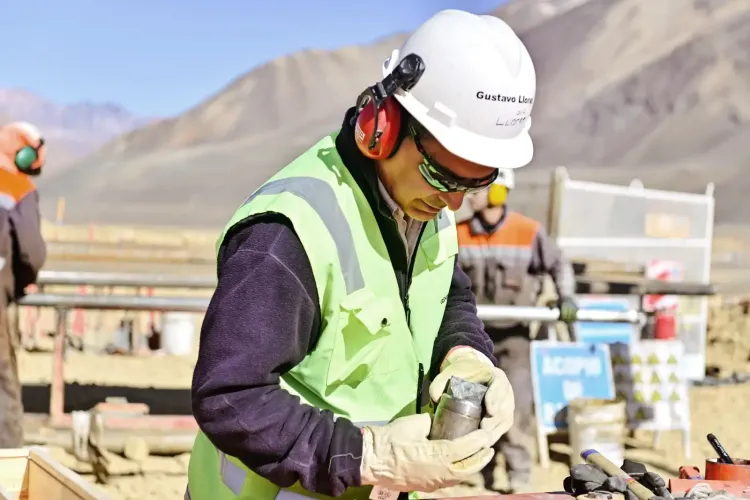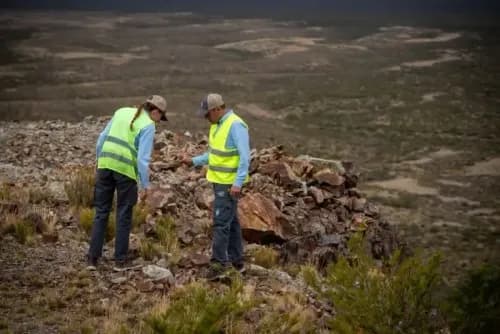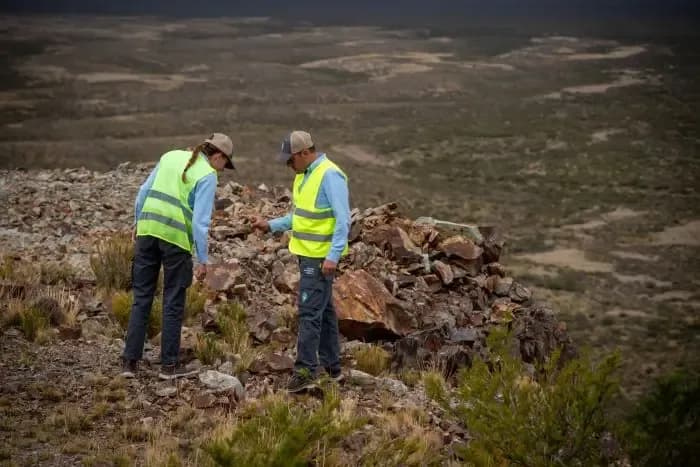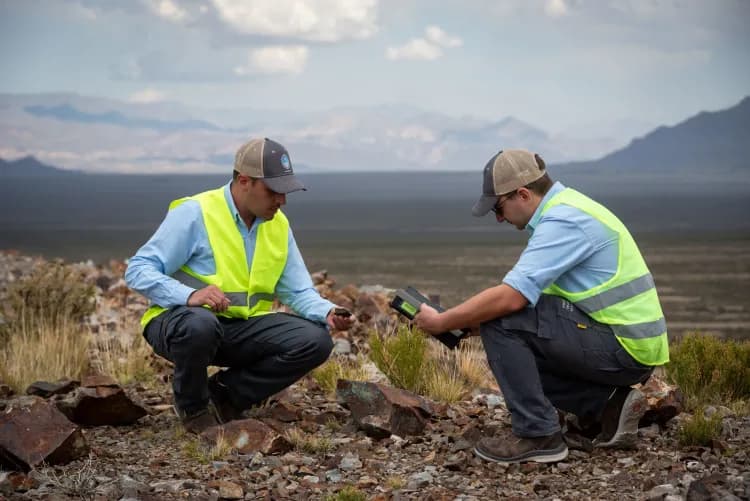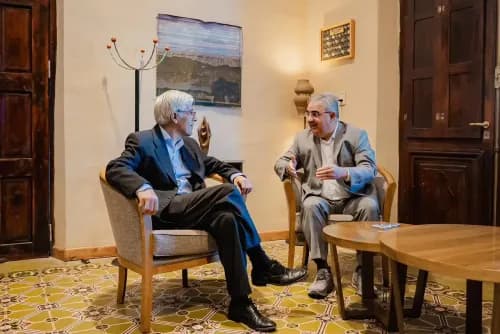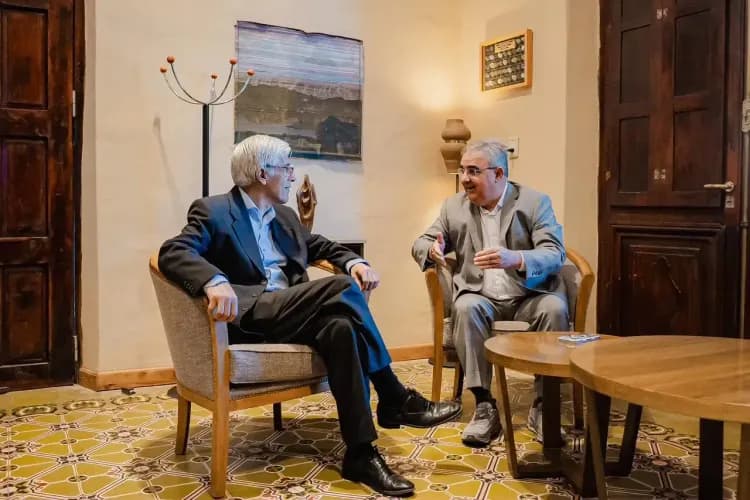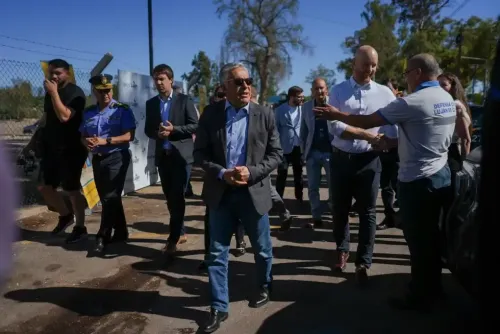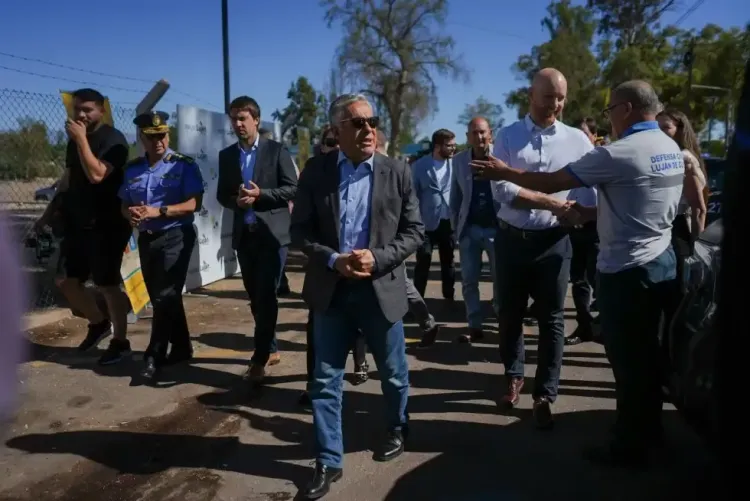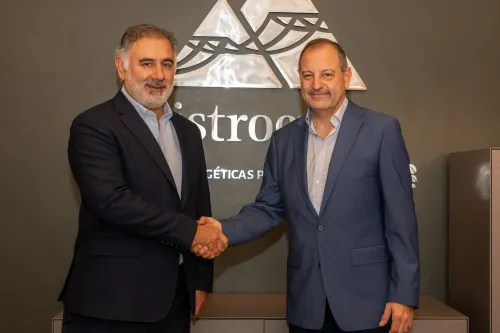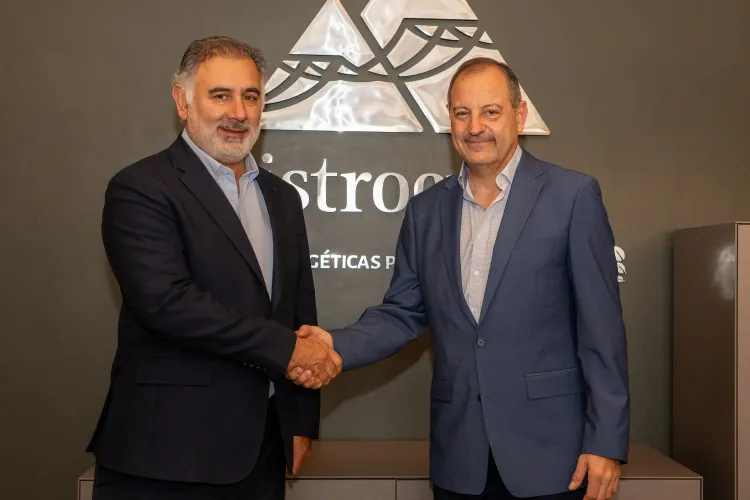Neo Lithium Corp. announced results from its ongoing drilling program at the Tres Quebradas lithium brine project («3Q Project») in Catamarca Province.
The main target of the 3Q Project is known as the Northern Target, an area originally identified by surface sampling with an average lithium concentration of 895 mg/L and potassium concentration of 7,694 mg/L that extended for approximately an area covering 4 km by 14 km.
The drilling plan for the season was to complete five drill platforms (with two holes in each platform) in the Northern Target to test the target at depth and three drill platforms (with two holes in each platform) outside the Northern Target to test at depth the areas with surface low lithium grade.
The Company currently has three rigs drilling simultaneously, including two diamond drill rigs and one rotary drill rig.
Drill Results in the Northern Target:
Platform 5: located in the center of the Northern Target, immediately south of the 3Q Project brine lake. PP1-D-5: This diamond drill hole (DDHH) identified porous sodium chloride interlayered with sand and conglomerates from surface down to 63 metres. Chemical results (based on 3 samples collected from surface down to 63 metres) yielded an average of 1024 mg/L lithium (including 20 metres with 1,400 mg/L Lithium); 8,080 mg/L potassium with a ratio of Mg/Li=1.66 and Sulfate/Li=0.5.
Drill Results Outside the Northern Target:
Platform 3: located 2 km south of the southern end of the Northern Target. Results on this platform are very relevant because surface samples from this area showed only 190 mg/L lithium. Finding high grade lithium brine at depth could significantly extend the lithium bearing target to the south of the Northern Target.
PP1-D-3: This DDHH identified porous sodium chloride interlayered with sand and fine sands down 60 metres, followed by a massive and porous sodium chloride layer from 60 to 192 metres. Chemical results (based on 7 samples collected from surface down to 192 metres) yielded an average of 528 mg/L lithium and 4,797 mg/L potassium with a ratio of Mg/Li=2.6 and Sulfate/Li=0.63.
Platform 1: located outside the Northern Target in the alluvial fan 500 metres east of the 3Q Project brine lake.
With the results of PP1-D-3 outside the Northern Target the Company has decided to extend the drill program south of the Northern Target with 4 more platforms and 8 holes that will be drilled down approximately 300 meters.
«The results continue to show that the 3Q Project is a unique lithium discovery in terms of high grade, low impurities, size and productivity of the aquifers,» said Constantine Karayannopoulos, Chairman of Neo Lithium Corp. «The high lithium grades found at surface are being confirmed at depth across the Northern Target and now we found high grade lithium two kilometers south of the Northern Target, extending the exploration potential of the 3Q Project significantly.»
Pump Tests
Pump tests were completed using a rotary drill hole as a pump well and a diamond drill hole as a monitoring well. The pump used was a 15 horsepower, 6 inch submersible electric pump. Two pump test were completed, a 24 hour long step test and after a minimum 24 hours recovery, a second 72 hour long pump test. These tests are fundamental to evaluate the capacity of the salar to yield brine and measure lithium resources. So far, two pump tests have been completed, one on Platform 2 in the Northern Target and another on Platform 3 south of the Northern Target.
Platform 2 Pump Test Results: the pump tests demonstrate that the aquifer (which extends from surface down 80 metres) can produce 60 m3/h of brine, has a specific flow of 7.5 m3/h/m at a flow of 47.4 m3/h and has a storage coefficient (equivalent to drainable porosity) of 0.34.
Platform 3 Pump Test Results: the pump test demonstrates that the aquifer (which extends down 60 metres from surface) can produce 200 m3/h of brine, has a specific flow of 116 m3/h/m at a flow of 72 m3/h and has a storage coefficient (equivalent to drainable porosity) of 0.16.
«These initial pump test results are extraordinary in terms of production capacity and drainable porosity, and we will do longer pump tests to verify these extremely positive results,» said Dr. Perez, President and CEO of Neo Lithium. «In order to illustrate why the results are so impressive, one must take into account that one single hole that is able to produce 200 m3/h of brine at 800 mg/L lithium is the equivalent to 3,500 tonnes of lithium carbonate per year.»
The 3Q Project is located in the Province of Catamarca, the largest lithium producer in Argentina. The project covers approximately 35,000 ha and the salar complex within this area is approximately 160 km2. Surface exploration results indicate a high-grade lithium target in the northern portion of the salar complex extending for approximately 20 by 5 km with low magnesium and sulphate impurities. Low impurities are a key factor in traditional low cost evaporation techniques for final lithium carbonate production. Hot springs on the property with elevated lithium content are part of the recharge system of the salar complex.


